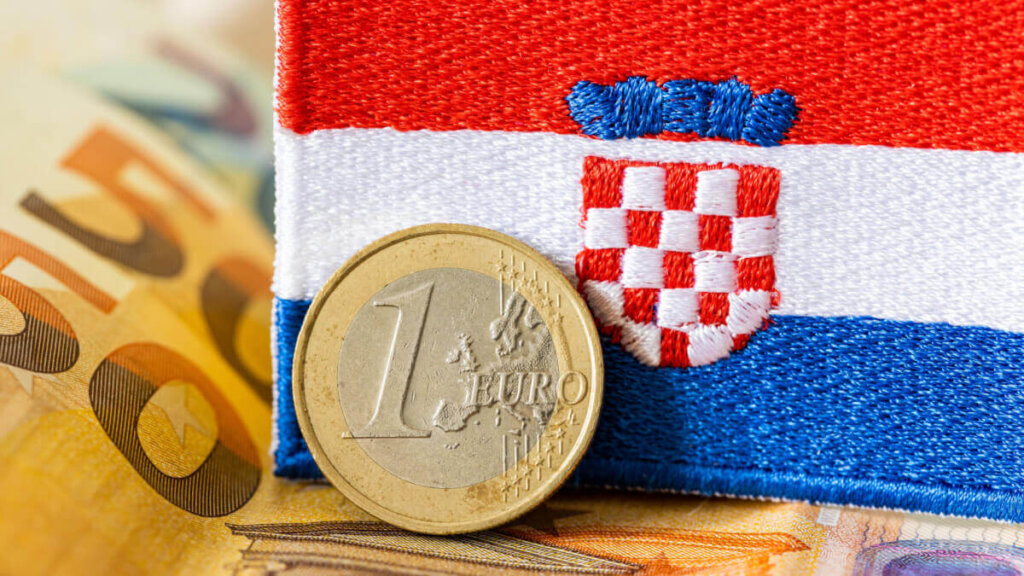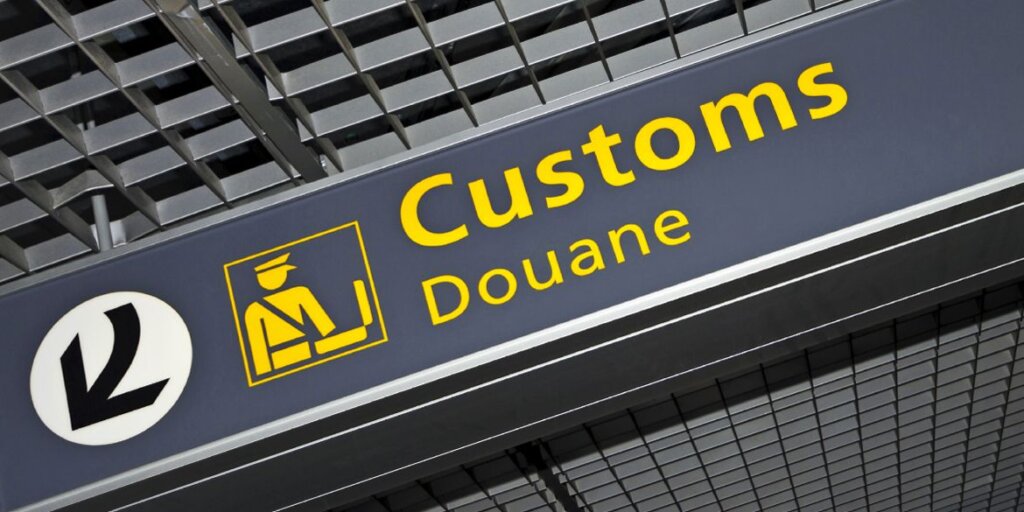As of January 1, 2023, Croatia has officially adopted the euro (€) as its currency, replacing the Croatian kuna (HRK). This transition aligns Croatia with the Eurozone, making financial transactions more seamless for visitors.

Table of Contents
ToggleEuro Banknotes and Coins
Banknotes: Available in €5, €10, €20, €50, €100, and €200.
Coins: Circulate in 1 and 2 euros, along with 1, 2, 5, 10, 20, and 50 cents.
Croatian euro coins feature unique national designs:
1, 2, and 5 cent coins: Display the letters “HR” in the ancient Glagolitic script, representing Croatia’s cultural heritage.
10, 20, and 50 cent coins: Feature Nikola Tesla, honoring his contributions to science and technology.
1 euro coin: Depicts a marten, symbolizing Croatia’s historical monetary traditions.
2 euro coin: Showcases a map of Croatia, with the edge inscribed with “O lijepa, o draga, o slatka slobodo” (“Oh beautiful, oh dear, oh sweet freedom”) by poet Ivan Gundulić.
Currency Exchange
Foreign currencies can be exchanged at banks, exchange offices, and ATMs, particularly in tourist areas.
Exchange rates fluctuate daily. For official rates, visit the Croatian National Bank’s website.
Banks and exchange offices may charge fees for currency conversion, so always inquire before proceeding.
Payment Methods
Credit and debit cards (Visa, Mastercard, etc.) are widely accepted in hotels, restaurants, shops, and tourist attractions.
However, carrying some cash is advisable, particularly in rural areas or smaller towns where card payments may not be available.
Always check with individual establishments regarding their accepted payment methods.
Final Thoughts
With Croatia’s transition to the euro, financial transactions are more convenient than ever. By staying informed about exchange rates and carrying a mix of cash and cards, travelers can enjoy a smooth and hassle-free experience in Croatia.

